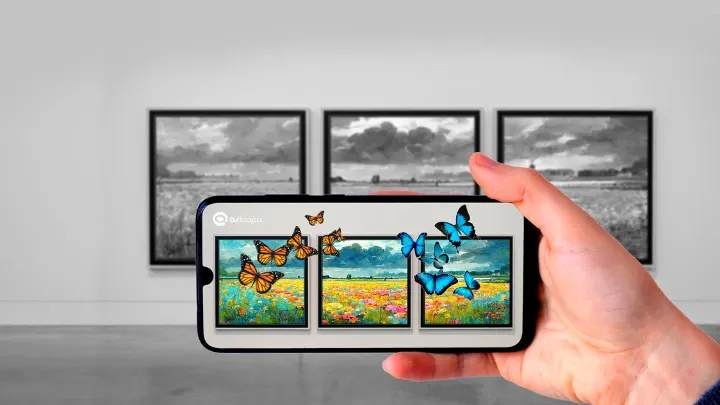AR technology in museums

Museums have long been a hub of learning, culture, and history. But in recent years, museums have embraced technology to enhance the visitor experience. One of the most exciting technologies that museums have adopted is Augmented Reality (AR). AR technology has transformed the museum experience, making it more interactive, engaging, and immersive.
What is Augmented Reality?
Augmented Reality is a technology that overlays digital content onto the real world. AR technology uses cameras and sensors to detect the real-world environment and then adds digital content to it. This creates a hybrid reality where digital content and the real world co-exist.
How is AR Technology Used in Museums?
AR technology is used in museums to enhance the visitor experience. AR technology allows visitors to interact with exhibits in new and exciting ways. For example, visitors can use their smartphones or tablets to scan exhibits and access additional information, images, and videos. Visitors can also use AR technology to experience virtual tours, interactive displays, and 3D models.
AR technology is particularly useful for museums that have exhibits that are difficult to display or that have been lost to time. For example, museums can use AR technology to create virtual exhibits of artifacts that are too fragile to display or that have been lost. This allows visitors to experience these artifacts in a way that would not be possible otherwise.
Benefits of AR Technology in Museums
AR technology offers many benefits for museums and visitors alike. For museums, AR technology allows them to create new exhibits without the cost of physical construction. It also allows museums to preserve artifacts that may be too fragile to display. For visitors, AR technology offers a more engaging and interactive museum experience. It allows visitors to learn about exhibits in a more immersive way and to access additional information that may not be available through traditional displays.
AR technology also appeals to a younger generation that is used to using technology in their daily lives. By incorporating AR technology into museums, museums can attract a younger audience and make learning about history and culture more appealing.
Conclusion
AR technology has transformed the museum experience, making it more interactive, engaging, and immersive. Museums that have adopted AR technology have seen an increase in visitor engagement and satisfaction. AR technology allows museums to create new exhibits without the cost of physical construction and to preserve artifacts that may be too fragile to display. For visitors, AR technology offers a more engaging and interactive museum experience, making learning about history and culture more appealing. As AR technology continues to advance, we can expect to see even more exciting developments in the museum industry.
See more articles
Solutions











